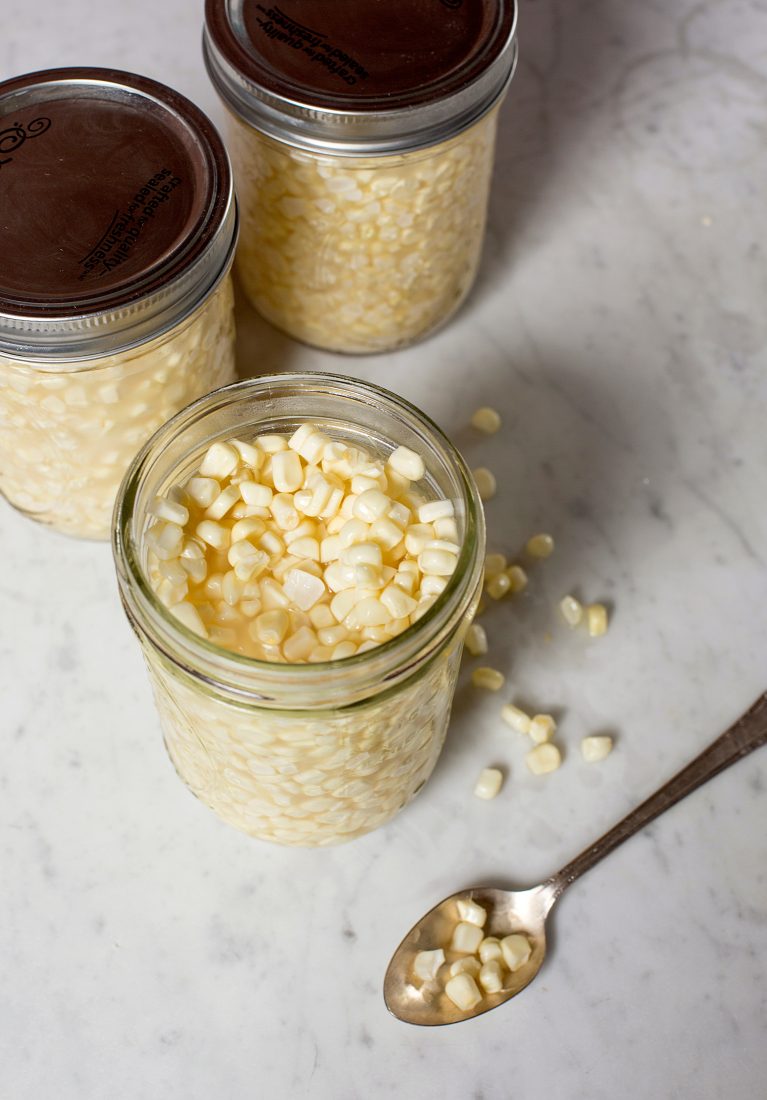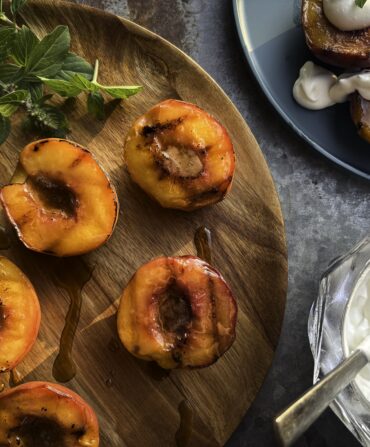If you like sauerkraut, chances are you’ll like sour corn.
Although the very notion of sour corn might unsettle some people, the old-fashioned side dish and condiment is nothing more than sweet corn fermented like the chopped cabbage strewn over hot dogs. It has a long history below the Mason-Dixon line, too. Often put up with beans and warmed in sputtering puddles of bacon fat during the winter, sour corn in fact predates the homesteaders who brought sauerkraut to the region centuries ago. Cherokee cooks still serve a soured corn drink to respected visitors and wedding guests, but most modern fermentationists have abandoned the old leave-it-out-and-let-it-happen method in favor of an imported but more reliable technique: lacto-fermentation in a saltwater brine.
“It’s an interesting blending of traditions,” says April McGreger of Hillsborough, North Carolina, whose Farmer’s Daughter pickles and preserves line grocery store shelves across the state. “Europeans seem to have brought over the tradition of brining, but the corn is from here.” She ferments corn by itself and as part of a spicy relish, with chopped onion and peppers. Not only will soured corn last in the refrigerator through the winter, but it also has a bright, salty flavor that makes it as distinct from fresh corn as kraut from cabbage. Use it as a condiment straight from the jar or crisp it up the traditional way, in a cast-iron skillet.
(Yes, fermentation can be intimidating. But if you’re dwelling on worst-case scenarios, consider a favorite talking point of sauerkraut champion Sandor Katz: The USDA has never recorded a case of food poisoning from properly fermented vegetables.)








